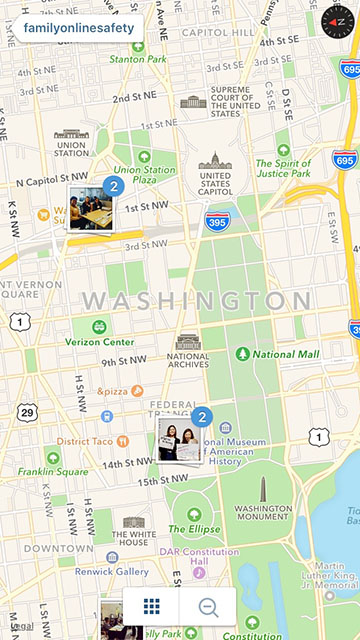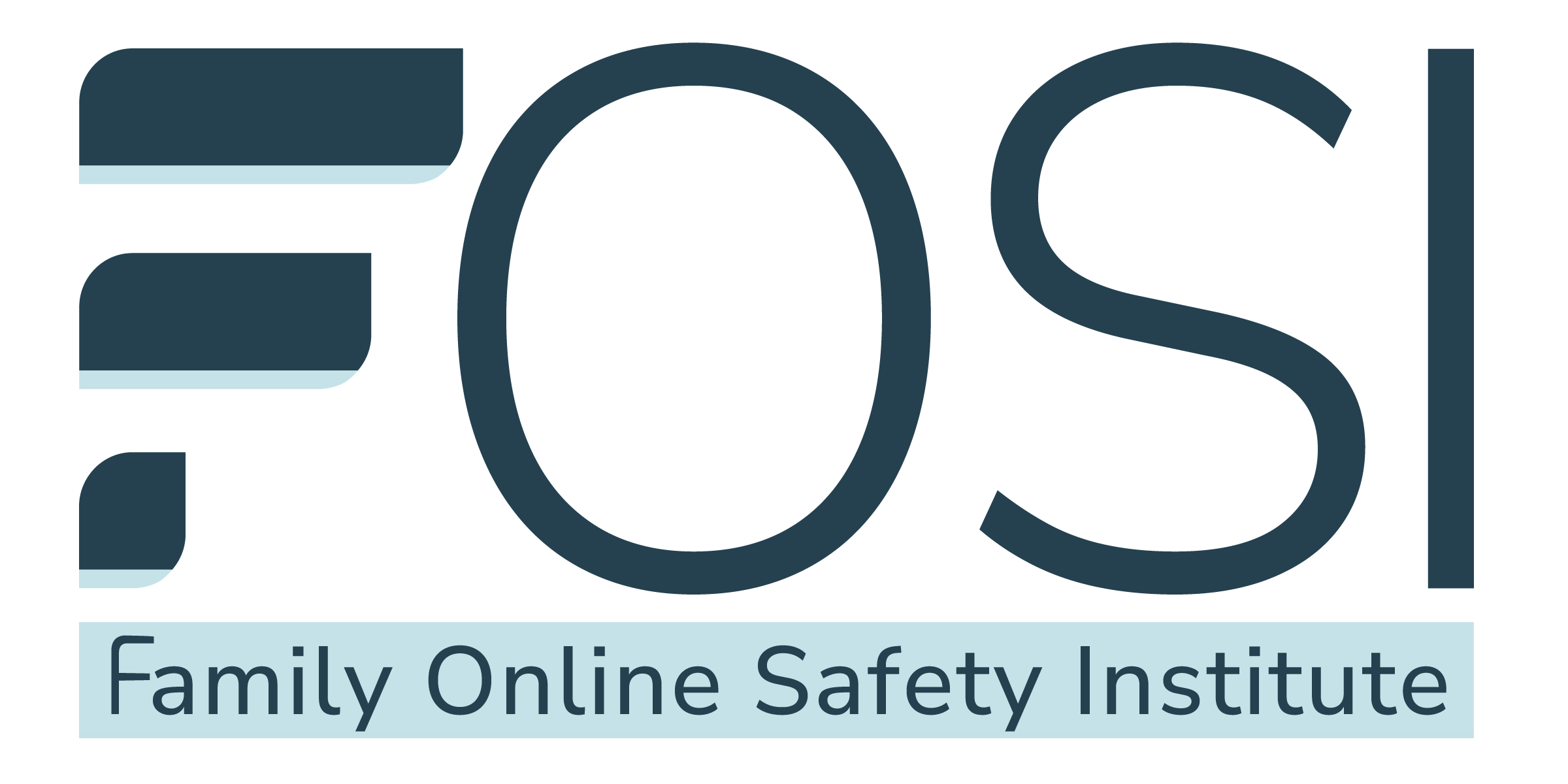Whether or not you like seeing pictures of your friends’ food on Instagram, the truth is the frequency of such pictures is not decreasing any time soon. Instagram has many users who dedicate their whole accounts to sharing pictures of breakfast, lunch, and dinner to their many followers. These food bloggers are actually contributing to the advertisement of restaurants all over the world by tagging the restaurant name into their post and providing the average user a look into a specific location.
When a food blogger uploads a picture of their meal to the Instagram app, they have the opportunity to add a location to their post. Usually the app recognizes where you took the picture by using location 
services, and provides several options to choose from. It even lets you pinpoint your location yourself if their suggestions are incorrect. By adding a location, otherwise known as geotagging, you are also adding a picture to your photo map. A photo map is the way Instagram organizes your photos that have been tagged with a location. As you zoom in on the map, the zoomed out groupings move to their more precise location as the specific area becomes in focus. For a regular person, their map could include pictures of vacation spots or visits to a park or stadium, but for a food blogger, their map is mostly restaurant food pictures. The photo map even shows how many pictures get tagged to a particular location, and followers can see just how much you like your favorite café when you get your daily caffeine fix. The photo map can be accessed by clicking the teardrop shaped icon on your account homepage, along the bar separating photos from the biography.
The positive side to geotagging
While it is widely known that geotagging can be dangerous because users can add their house or work as a location, the service is helpful for accounts that are more public, and less personal, such as ones dedicated to sharing pictures of food, stores, or other niche areas. In the case of a food account, followers can look at pictures of dishes that are served at a particular location, and judge for themselves if they want to spend their time and money at that restaurant. Another way that you can look up geotagged photos is on Instagram’s search page under the “places” tab. There is a “near current location” option that lets you look up photos near you, and that is helpful because you can also see all of the photos that have been tagged at a certain location, with the catch being that they are from public accounts. That way, you can see what an area is like before you visit, to see if it is worth it. I have used this option on many restaurants around Washington, DC as I spend my summer in town, but also in Ann Arbor, Michigan, the city where I attend the University of Michigan. Because there are up to 400 million active users per month, there is no doubt that even smaller towns have pictures tagged. By having this ability, the average user is able to gather more information about the places they are considering going to by being able to look at unofficial pictures curated by their peers, as opposed to the perfect pictures that a company or restaurant will professionally publish. It is easier to trust these unofficial Instagram posts because users are sharing their personal experience, and yours could be very comparable.
Geotagging on Instagram has its moments, but if you accidentally upload a photo to your photo map that makes you feel unsafe, it is easy to remove the offending picture. Luckily, this process does not remove pictures from your account, but instead removes the location name, making it unsearchable by location. Family Online Safety Institute has directions on how to remove a location tag.
If all users were aware of the risks and opportunities of geotagging on Instagram, the app would be more useful to daily life than it already is. By being mindful not to geotag my house or school, I view geotagging as a good thing, and I certainly plan on utilizing Instagram’s not-so-new geotagging feature on my own posts, and using the search option to check out places I want to attend in the future.
Photo courtesy of Flickr.
















.svg)

